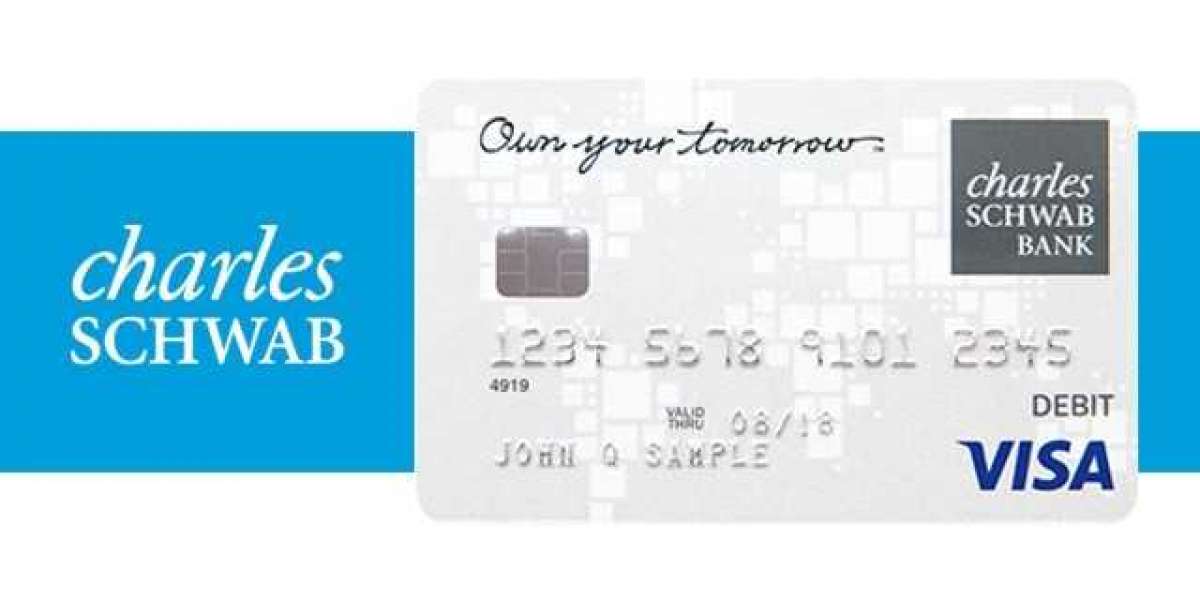Essential Safety Supplies Every Buffet Needs to Ensure a Risk-Free Dining Experience!
When it comes to buffet dining, both guests and staff face unique challenges that can pose significant safety risks. Unlike traditional dining setups, buffets allow patrons to serve themselves, creating opportunities for food contamination, accidents, and equipment hazards. This is where professional buffet safety supplies come into play. By implementing the right safety measures, buffet operators can ensure a safe and enjoyable experience for everyone involved. From food safety to personal protection, understanding and utilizing these essential supplies is crucial in mitigating risks and maintaining a high standard of hygiene and safety in buffet settings.

Understanding Buffet Safety Risks
Buffet dining, while often a delightful experience for guests, brings with it a range of safety risks that need to be addressed. One of the most pressing concerns is food contamination. With multiple guests serving themselves, there's a higher chance of cross-contamination from utensils and hands. Additionally, equipment hazards, such as hot food trays and sharp knives, pose risks to both guests and staff. Accidents can also occur as guests navigate crowded buffet lines, leading to potential slips and falls. To combat these issues, proactive safety measures must be in place, ensuring that both food and the dining environment remain safe and secure. A well-planned buffet setup, coupled with the right safety supplies, is essential in preventing these common risks.
Essential Safety Supplies for Buffets
To create a safe buffet environment, several key safety supplies should be included in any buffet setup. First and foremost, food thermometers are vital for ensuring that hot foods remain at safe temperatures and cold foods stay chilled. Sneeze guards are another critical element, protecting food from airborne contaminants while allowing guests to see the offerings. Proper serving utensils, such as long-handled spoons and tongs, should be available to minimize direct contact with food. Additionally, disposable plates and utensils can help reduce the risk of contamination. Each of these supplies plays a significant role in maintaining food safety and hygiene, contributing to a more secure dining experience for guests.
Food Safety Equipment
Food safety equipment is the backbone of any buffet operation. Temperature monitoring devices, such as digital thermometers or infrared guns, allow staff to easily check food temperatures throughout service. Proper food storage containers are equally important, ensuring that leftovers are stored safely and that perishable items are kept at the right temperatures. My friend, who manages a catering service, always emphasizes the importance of having these tools readily available. She recalls a time when a temperature lapse nearly resulted in a food safety incident, only to be averted by her team's diligence in checking temperatures regularly. Investing in quality food safety equipment not only protects guests but also safeguards the reputation of the establishment.
Personal Protective Equipment (PPE)
Personal protective equipment (PPE) is crucial for staff working in buffet environments. Wearing gloves and hairnets helps maintain hygiene and prevent contamination from staff to food. In a busy buffet setting, it's easy to overlook these details, but they are essential for ensuring a safe dining experience. Guests often appreciate the extra effort that staff puts into their appearance and hygiene. I once attended a buffet where the staff was meticulously dressed in proper PPE, and it made a positive impression on the overall experience. By adhering to hygiene standards, staff can help foster a sense of trust and safety among diners.
Preventing Slips and Falls
Slips and falls are common hazards in buffet settings, particularly during peak hours. To mitigate these risks, safety supplies such as non-slip mats and proper signage are essential. Non-slip mats can be placed in areas where spills are likely to occur, providing traction for both staff and guests. Additionally, clear signage indicating wet floors or caution areas helps alert diners to potential hazards. A friend who manages a banquet hall once implemented these safety measures after several near-misses and noticed a dramatic decrease in accidents. By prioritizing slip prevention, buffet operators can maintain a safer environment and enhance the overall dining experience.
Training and Compliance
Even the best safety supplies cannot prevent accidents without proper training and compliance. Staff should be trained on the correct use of all safety supplies, from food thermometers to PPE. Regular training sessions not only keep staff informed about safety protocols but also reinforce the importance of compliance with health regulations. Furthermore, conducting regular safety audits can help identify areas for improvement and ensure that safety measures are being followed consistently. A well-trained staff is a buffet's first line of defense against safety risks, helping to create a culture of safety within the establishment.
Ensuring Safety in Buffet Dining
In conclusion, ensuring a safe dining experience at buffets requires a comprehensive approach that includes the proper safety supplies, training, and adherence to hygiene standards. By understanding the unique risks associated with buffet dining and implementing the essential supplies discussed, operators can significantly reduce the likelihood of incidents. Prioritizing safety not only protects guests and staff but also enhances the overall dining experience, ultimately contributing to the success of the establishment. As the buffet industry continues to evolve, maintaining a commitment to safety will remain paramount for a risk-free and enjoyable dining environment.








